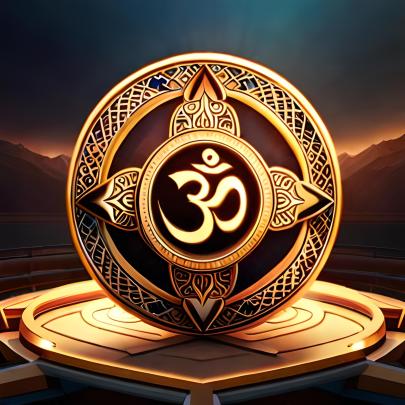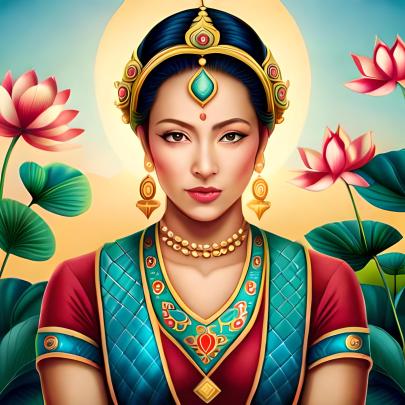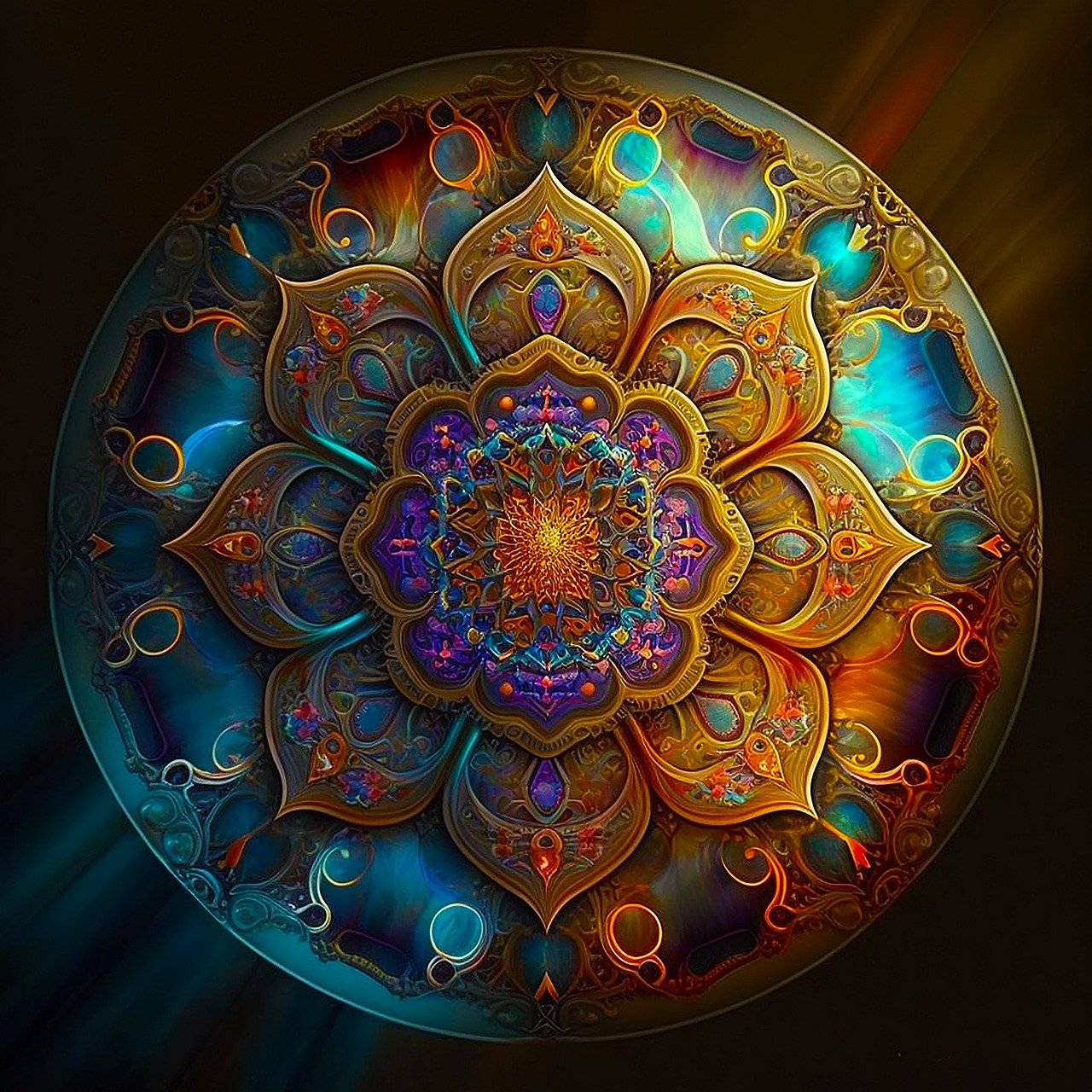One of the oldest religions in the world, Hinduism, is renowned for its extensive use of symbolism and iconography. Hindu symbols have deep significance and stand for a variety of religious concepts, deities, spiritual practises, and cosmic laws. We'll go into some of the most important Hindu symbols in this blog, looking at their history, symbolism, and cultural significance.
1. Om (Aum):

The sacred syllable "Om" is considered the primordial sound of the universe in Hinduism. It is a symbol of the ultimate reality, representing the divine essence present in all creation. Om is often chanted during prayers, meditation, and spiritual practices, signifying the eternal cosmic vibration and unity of all beings.
2. Swastika:
The Swastika, a widely recognized Hindu symbol, has ancient origins and holds different meanings in various cultures. In Hinduism, the Swastika represents prosperity, good fortune, and well-being. It symbolizes the sun, cosmic power, and the eternal cycle of life, death, and rebirth. It is prominently featured in religious ceremonies, artwork, and architectural designs.

3. Lotus:

The lotus flower holds immense significance in Hinduism. Often associated with purity, beauty, and enlightenment, it symbolizes the unfolding of spiritual consciousness. Just as the lotus emerges from the muddy waters unsoiled, it represents the journey from ignorance to spiritual awakening. The various stages of the lotus blooming are metaphors for the stages of spiritual development.
4. Trishula (Trident):
One of the main Hindu deities, Lord Shiva, is associated with the Trishula, a three-pronged weapon. The Trishula is a representation of Lord Shiva's dual roles as the cosmic destroyer and transformer, representing force, the annihilation of ignorance, and the three facets of awareness (awake, dreaming, and profound slumber). In Shaivism, one of the main schools of Hinduism, it serves as a powerful emblem.

5. Shri Yantra:

The Shri Yantra is a sacred geometric diagram representing the divine feminine energy, known as Shakti. It consists of interlocking triangles, circles, and floral patterns, meticulously arranged to create a harmonious and powerful symbol. The Shri Yantra embodies the essence of abundance, prosperity, and spiritual illumination. It is revered as a powerful tool for meditation and attracting positive energy.
6. Nataraja (Lord of Dance):
The Nataraja is an iconic depiction of Lord Shiva in his cosmic dance form. It symbolizes the eternal cycle of creation, preservation, and destruction. Lord Shiva's dance within a circle of fire represents the destruction of the universe to pave the way for new creation. The Nataraja is a symbol of rhythm, balance, and the interplay between the physical and spiritual realms.

Hindu symbols are not mere visual representations but profound expressions of the complex philosophical and spiritual concepts within Hinduism. Each symbol carries a deeper meaning, connecting the individual with the divine and reflecting the intricate tapestry of Hindu culture. By understanding and appreciating these symbols, one can gain a deeper insight into the rich spiritual heritage of Hinduism.